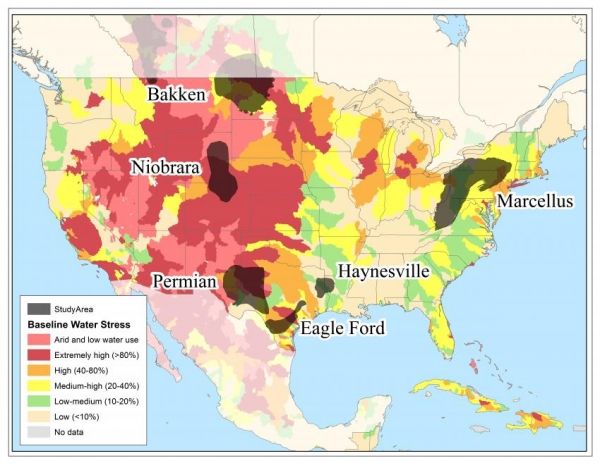The volume of brine-laden wastewater that fracked oil and gas wells generated during their first year of production also increased by up to 1440 percent during the same period, the study shows.
If this rapid intensification continues, fracking’s water footprint could grow by up to 50-fold in some regions by the year 2030 -- raising concerns about its sustainability, particularly in arid or semi-arid regions in western states, or other areas where groundwater supplies are stressed or limited.
“Previous studies suggested hydraulic fracturing does not use significantly more water than other energy sources, but those findings were based only on aggregated data from the early years of fracking,” said Avner Vengosh, professor of geochemistry and water quality at Duke’s Nicholas School of the Environment.
Continue reading at Duke University
Image via Duke University


